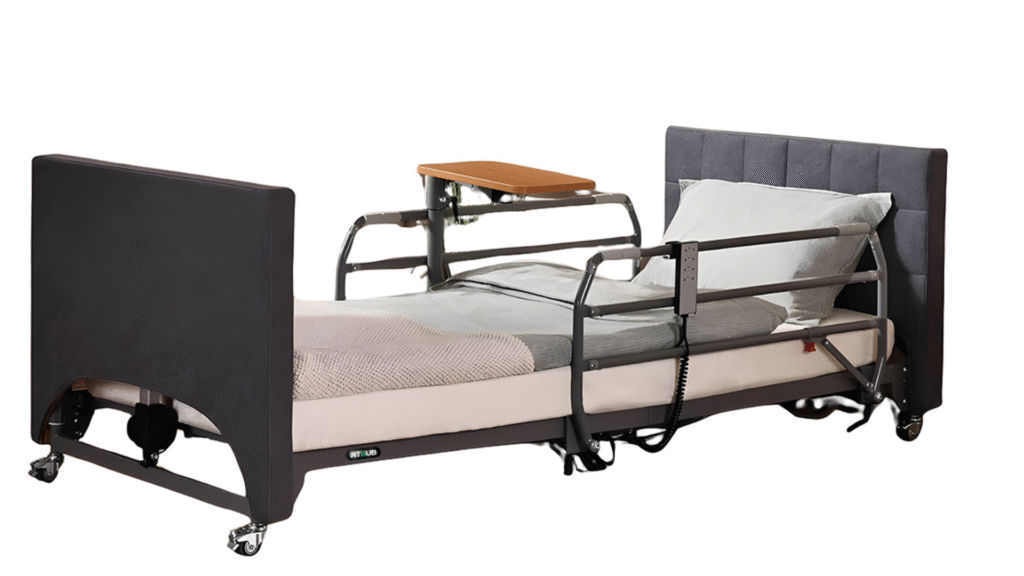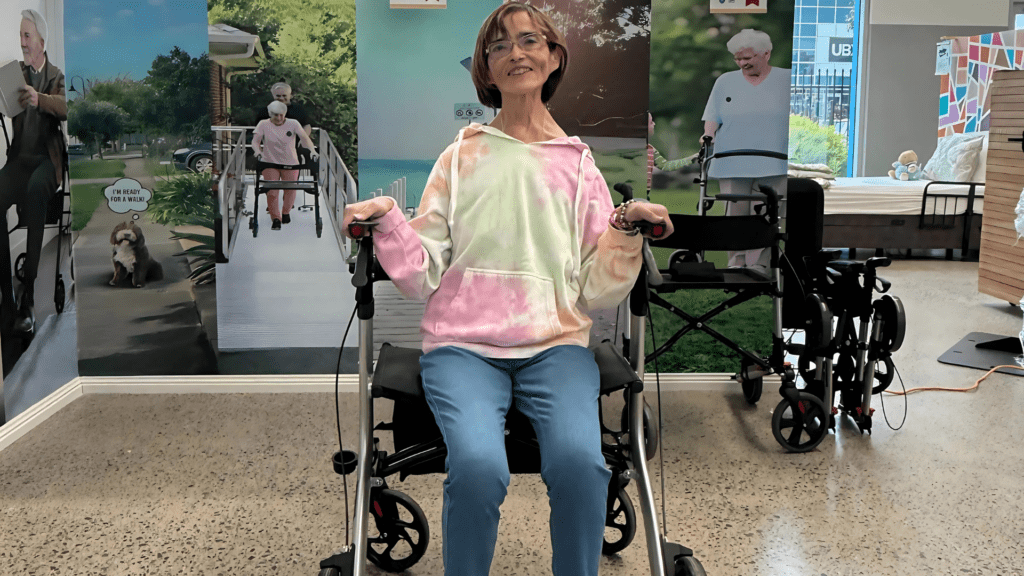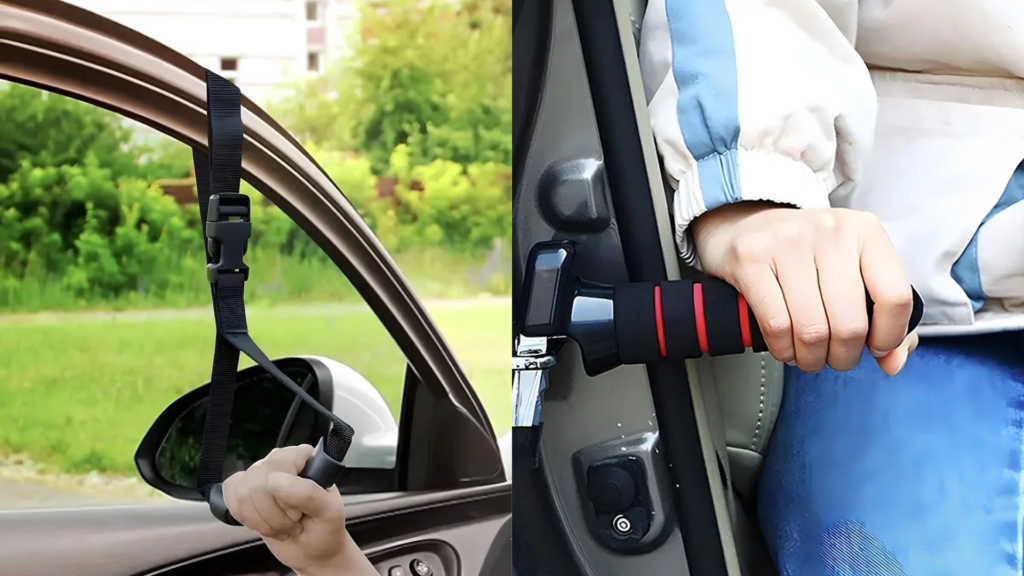Why Bed Rails Are Critical for Fall Prevention
Falls are among the most common causes of injury in older adults, especially in residential aged care environments. Bed rails provide a protective barrier that can:- Prevent accidental rolling out of bed
- Support safer repositioning or turning in bed
- Offer a gripping aid during bed entry or exit
- Reduce anxiety for residents prone to night movement
Types of Bed Rails for Different Beds
Not all bed rails suit every environment or bed style. Here’s a breakdown of common types used in aged care settings:1. Full-Length Bed Rails
These extend from the head to the foot of the bed, providing continuous protection. Ideal for high-risk individuals but may restrict mobility for others.2. Half-Length Bed Rails
Designed to protect the torso area, half rails offer a balance between protection and independence—commonly used in conjunction with mobility aids or during transitional care.3. Fold-Down or Swing-Away Rails
These rails can be dropped down when not in use, ideal for carers who need clear access during transfers or therapy. Explore Foldable Steel Side Rails for examples.4. Bed Rails for Hi-Lo or Adjustable Beds
Height-adjustable beds require rails that move in sync with the bed. For this reason, always select rails tested for electric beds, such as those found in our Aged Home Care Beds collection.Features to Look For in Aged Care Bed Rails
When choosing bed rails, particularly for aged care facilities, key features should align with both user needs and regulatory standards:- Secure locking mechanism: Prevents unintentional release or drop
- Foldable or removable design: Allows access for carers and emergency responders
- Height and length adjustability: Suits various bed frames and mattresses
- Sturdy material: Powder-coated steel is preferred for hygiene and strength
- Rounded edges and padding: Minimises injury risks during movement
- Easy to clean and maintain: Especially important in multi-resident environments
Installation Tips and Safety Guidelines
Installing bed rails in aged care environments requires strict adherence to guidelines. Here are essential tips:- Ensure compatibility with bed frame: Mismatched fittings can be dangerous
- Follow manufacturer instructions: Especially when using rails with hi-low or recline functions
- Check weight-bearing limits: Not all rails are suitable as lifting aids
- Monitor clearance gaps: Avoid entrapment hazards between the mattress and rails
- Test for wobble or instability after installation
- Train care staff to use foldable features properly and monitor positioning
Funding Options via NDIS or SWEP
Bed rails that support safe mobility, fall prevention, and pressure care are typically eligible for funding under the NDIS or Victoria’s State-Wide Equipment Program (SWEP).- NDIS participants can include bed rails as part of their assistive technology plan, especially if paired with a home care bed and supported by an OT recommendation.
- SWEP funding may cover rails when included in a prescription from an approved clinician. Quotes for Foldable Steel Side Rails or other models can be obtained via the product enquiry form.
Frequently Asked Questions (FAQs)
1. Are all bed rails suitable for electric or adjustable beds?
No. Only rails specifically designed for use with adjustable or hi-low beds should be installed. Using incompatible rails can lead to malfunction or risk of entrapment. See our Side Rails for Voice Control Bed for a compatible option.
2. Can bed rails be removed when not in use?
Yes, many modern rails are foldable or detachable, making it easier for carers to manage transfers or cleaning. Always ensure staff are trained on safe folding techniques.
3. Will NDIS fund bed rails?
Yes. If an OT provides clinical justification showing how rails contribute to safer sleeping or reduce fall risk, NDIS funding is often approved for suitable models. The rails should be part of the participant’s assistive technology plan.
4. What’s the safest bed rail option for someone with dementia?
Residents with dementia require rails that are secure but not restrictive. Half-length, padded, and foldable rails are often recommended to balance safety with comfort. Consult with an OT before making a selection.
5. Do side rails require regular checks?
Yes. Bed rails should be checked weekly for loose fittings, corrosion, or malfunction, especially in multi-resident environments. This is a standard part of aged care equipment maintenance protocols.
Care With Us offers a wide selection of NDIS and SWEP-compatible aged care bed accessories, including foldable and electric-compatible bed rails. Explore options via our aged care bed category page or submit an enquiry to speak with our product team.


